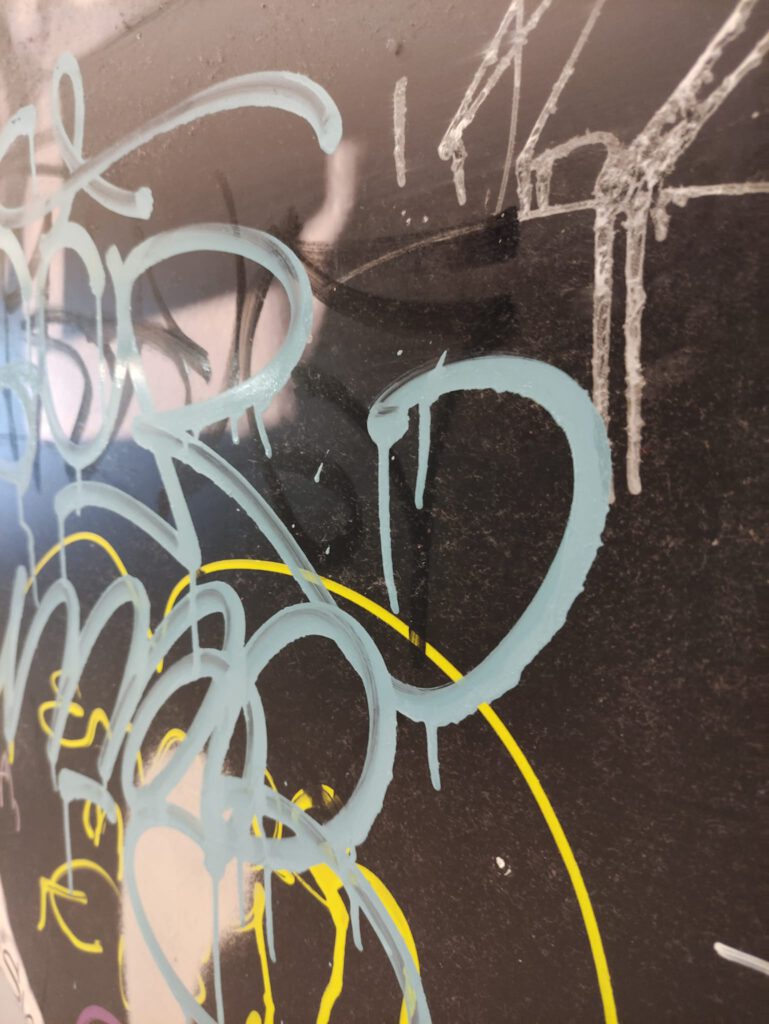Drip Your Name: The Art of Graffiti Tagging
Graffiti tagging, often characterized by the distinctive “drip” style, is a cornerstone of street art culture. The act of tagging one’s name on walls, trains, and other public spaces has a long and storied history, rooted in the desire for recognition, expression, and identity.
The Birth of Graffiti Tagging: Tagging began in the late 1960s in New York City, where young artists used simple markers and spray paint to write their names or pseudonyms on subway cars and buildings. This practice was a way to gain visibility and make a mark on the urban landscape. One of the earliest and most famous taggers was Taki 183, whose ubiquitous tags inspired many others to follow suit.
The Drip Style: The “drip” style in graffiti tagging is achieved by overloading the spray paint, causing it to run and create drips. This technique not only adds a dynamic and edgy look to the tags but also signifies a sense of urgency and raw expression. Drips have become a signature element of many graffiti artists, symbolizing the rebellious and spontaneous nature of street art.
Cultural Significance: Tagging is more than just writing a name; it is a form of self-expression and a statement of existence. For many artists, their tags are personal logos that represent their identity and place within the graffiti community. Tagging can also be a political act, challenging notions of public space and ownership.
The Evolution of Tags: Over the decades, tagging has evolved from simple signatures to more elaborate designs. Artists experiment with different fonts, colors, and effects to make their tags stand out. While some tags are quickly scribbled, others are carefully crafted, showcasing the artist’s skill and creativity.
Legal and Social Implications: Despite its artistic value, graffiti tagging is often seen as vandalism, leading to legal consequences for artists. Many cities have strict anti-graffiti laws and dedicated teams to remove tags from public spaces. However, there is also growing recognition of graffiti as a legitimate art form, with legal walls and street art festivals providing platforms for artists to showcase their work without facing legal repercussions.
The Future of Tagging: The rise of digital media and social platforms has given graffiti artists new ways to share their tags and connect with a global audience. Online communities and graffiti apps allow artists to document and promote their work, further blurring the lines between street art and mainstream art.
Conclusion: “Drip Your Name” encapsulates the essence of graffiti tagging—a blend of personal expression, artistic technique, and cultural significance. As graffiti continues to evolve, tagging remains a vital part of its identity, symbolizing the enduring human desire to leave a mark on the world.
